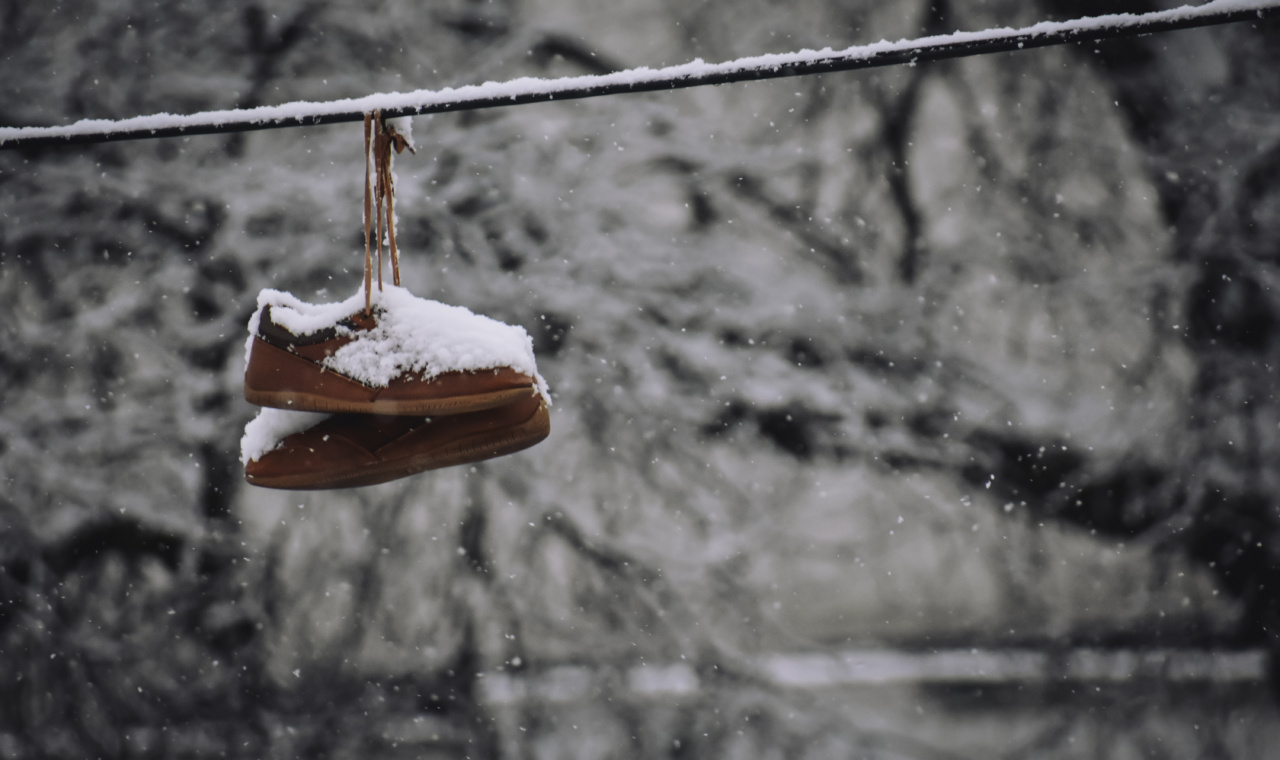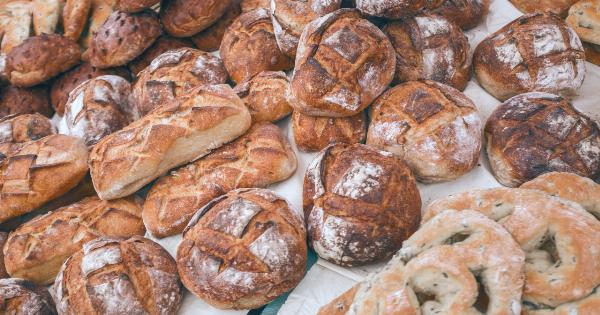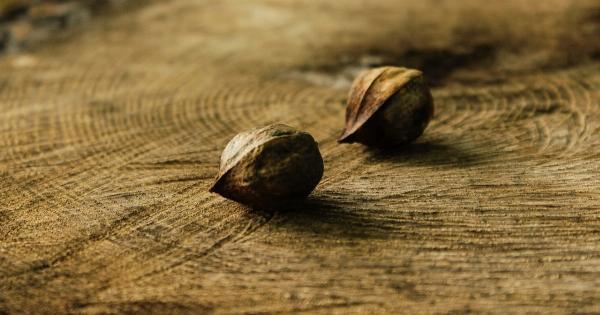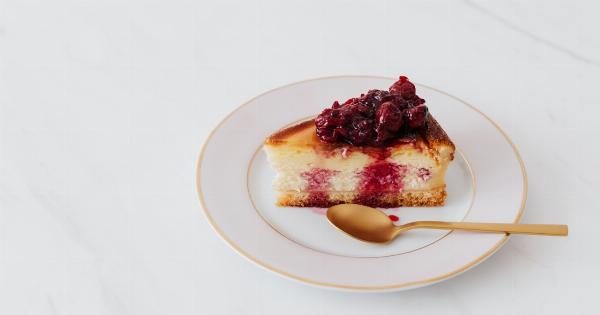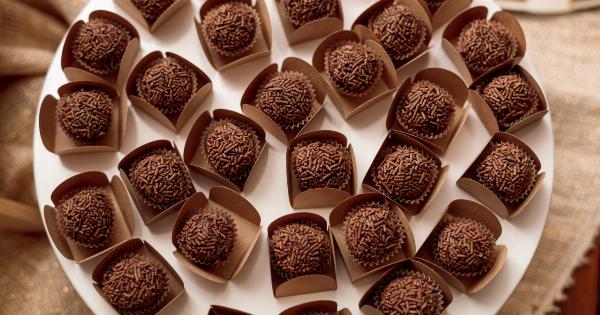Freezing is a popular method of preserving food, allowing us to extend the shelf life of various perishable items.
While freezing can help retain the nutrients and flavors of many foods, there are certain types of food that tend to lose quality when subjected to freezing. In this article, we will discuss some of these foods and the reasons behind their degraded quality when frozen.
Additionally, we will provide you with tips on how to properly freeze and store different types of food to minimize any potential negative effects.
Fruits
Fruits, such as berries, melons, and citrus fruits, often don’t fare well when frozen. The main reason for this is their high water content.
When water freezes, it forms ice crystals which can cause the fruit’s cell walls to rupture, leading to a mushy texture upon thawing. Additionally, the natural sugars in fruits can sometimes become concentrated during freezing, resulting in a less palatable taste.
If you still wish to freeze fruits, it is recommended to use them in cooked or blended recipes rather than consuming them fresh after thawing.
Vegetables
Similar to fruits, certain vegetables are not ideal candidates for freezing due to their high water content. Lettuce, cucumbers, and tomatoes are prime examples of vegetables that tend to lose their quality when frozen.
The water in these vegetables turns to ice and forms crystals, causing them to become mushy and lose their crispiness. However, many other vegetables, such as peas, corn, and broccoli, freeze quite well and retain their texture and flavor. Blanching vegetables before freezing can help preserve their quality by deactivating enzymes that cause deterioration.
Meats
Meat is a highly perishable food item that often requires freezing to prolong its shelf life. However, freezing can affect the quality of meat if not done correctly.
The main issue with freezing meat is the formation of ice crystals, which can damage the cell structure and lead to moisture loss upon thawing. This can result in a loss of tenderness and juiciness. To minimize the negative effects of freezing, it is crucial to wrap the meat tightly and expel as much air as possible before freezing.
Additionally, proper thawing techniques should be followed to prevent further loss of moisture.
Dairy Products
Dairy products, such as milk, cheese, and yogurt, can also experience quality degradation when frozen. The freezing process can cause some dairy items to separate or change in texture, resulting in a less desirable product after thawing.
Freezing can also affect the taste and smell of certain dairy products. However, some dairy products like butter and hard cheeses freeze relatively well. It is recommended to check manufacturer guidelines or consult specific recipes to determine the suitability of freezing a particular dairy item.
Baked Goods
Baked goods, including bread, cakes, and pastries, can often lose their quality when subjected to freezing. The texture of these items can become dry and crumbly due to moisture loss during freezing.
However, freezing can still be a useful method to extend the shelf life of baked goods, especially when done properly. Wrapping the items tightly and using appropriate containers can help minimize moisture loss. Thawing at room temperature or reheating in an oven can help restore some of the original texture.
Tips for Freezing and Storing Food
Despite the potential quality loss when freezing certain foods, it is possible to minimize the negative effects with proper techniques. Here are some essential tips for freezing and storing different types of foods:.
1. Proper packaging
Use airtight containers or freezer bags to wrap and store food items. Make sure to remove as much air as possible to prevent freezer burn and maintain the quality of the food.
2. Labeling
Always label the containers or bags with the name of the food and the date of freezing. This will help you keep track of the storage time and ensure you consume the oldest items first.
3. Blanching vegetables
Before freezing vegetables, blanch them by briefly immersing them in boiling water or steam. This process helps preserve color, texture, and nutrient content.
4. Flash freezing
For certain foods, such as berries or sliced fruits, consider flash freezing them on a tray before transferring them to a container or bag. This prevents the formation of large ice crystals and helps maintain the texture.
5. Thawing properly
When it’s time to use the frozen food, thaw it properly to minimize quality loss. Ideally, thaw food items in the refrigerator overnight. If time is limited, thaw them in a microwave or by placing the sealed bag/container in cold water.
6. Use frozen foods in recipes
If you’re concerned about the quality of certain frozen foods, consider using them in cooked or blended recipes rather than consuming them fresh. The altered texture or taste may be less noticeable when combined with other ingredients.
Conclusion
While freezing is a convenient method for preserving various foods, some items tend to lose quality when frozen due to their inherent characteristics.
Fruits, vegetables with high water content, certain dairy products, meats, and baked goods may suffer textural changes or flavor alterations when subjected to freezing. However, by following proper freezing and storage techniques, you can minimize these negative effects and still enjoy the convenience and benefits of frozen foods.
